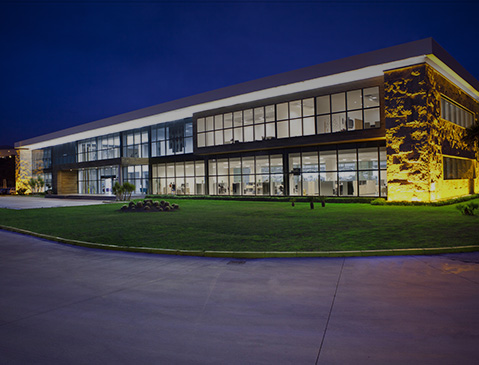This website uses cookies so that we can provide you with the best user experience possible. Cookie information is stored in your browser and performs functions such as recognising you when you return to our website and helping our team to understand which sections of the website you find most interesting and useful.

Suite Metering for Smart Buildings
When you want to make a building smart, cables are not the answer. That’s the conclusion of building owners and electrical contractors around the world. They’ve tried to encourage tenants to conserve electricity and other resources by metering consumption in individual suites.
 Translate
Translate